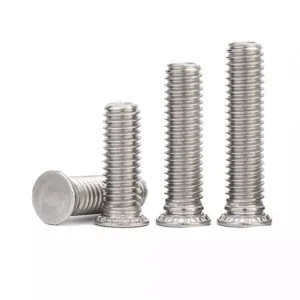 Stainless Steel Self Clinching Studs
Stainless Steel Self Clinching Studs
Clinch studs work through a process known as clinching, which is a cold-forming technique used to permanently join two or more layers of sheet metal together. Here’s how clinch studs work: stainless steel self clinching stud/ ss clinch stud/ self clinching stud/ clinching stud/.
- Preparation: The clinch stud is inserted into a pre-drilled or pre-punched hole in the sheet metal.
- Clinching Process: A special clinching tool or press applies a controlled force to the head of the clinch stud. This force causes the metal surrounding the hole to flow into specially designed grooves or knurls on the shank of the stud.
- Cold-Forming: The cold-flowing of the metal creates a mechanical interlock between the clinch stud and the sheet metal. This interlock prevents the stud from rotating or pulling out of the sheet metal under normal operating conditions.
- Permanent Connection: Once the clinching process is complete, the clinch stud forms a permanent, high-strength connection with the sheet metal. The stud’s threads provide a secure attachment point for other components or fasteners.
Clinch studs offer several advantages over traditional fastening methods, including:
- No Welding or Adhesives: Clinching does not require heat, welding, or adhesives, making it a clean and efficient joining method.
- High Strength: The cold-forming process results in a strong, reliable connection that can withstand high loads and vibrations.
- Cost-Effective: Clinch studs eliminate the need for additional fasteners, such as nuts and bolts, reducing material costs and assembly time.
- Versatility: Clinch studs can be used in various sheet metal thicknesses and materials, including steel, aluminum, and stainless steel.
Overall, clinch studs provide a simple, efficient, and durable solution for creating secure connections in sheet metal assemblies across a wide range of industries.
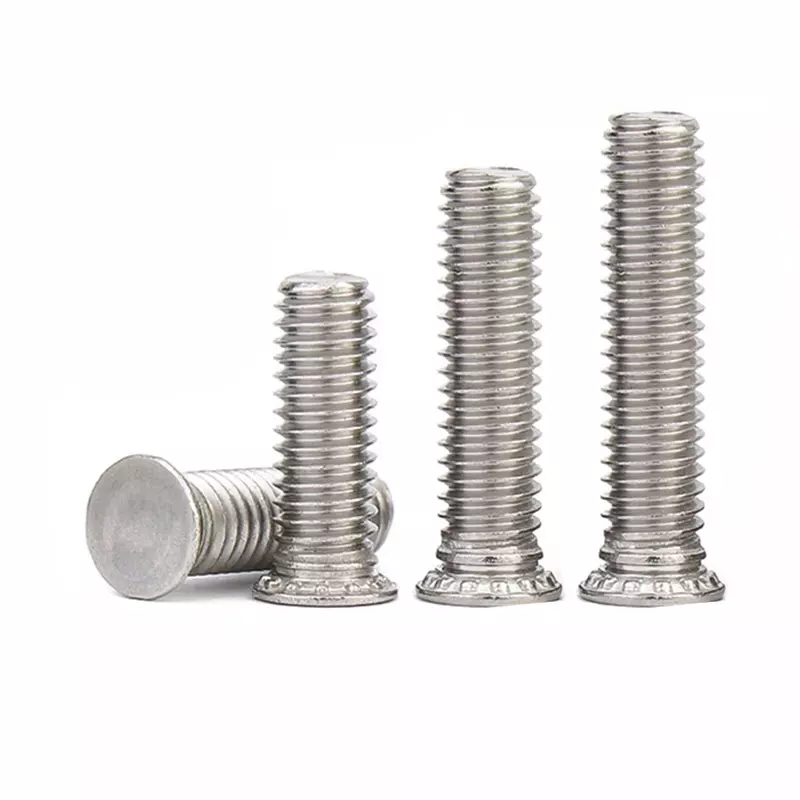
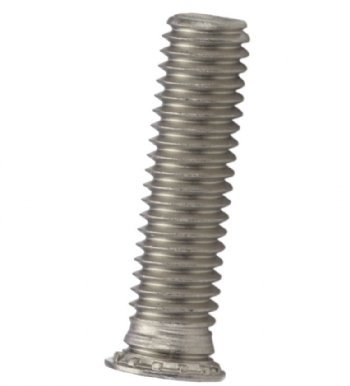


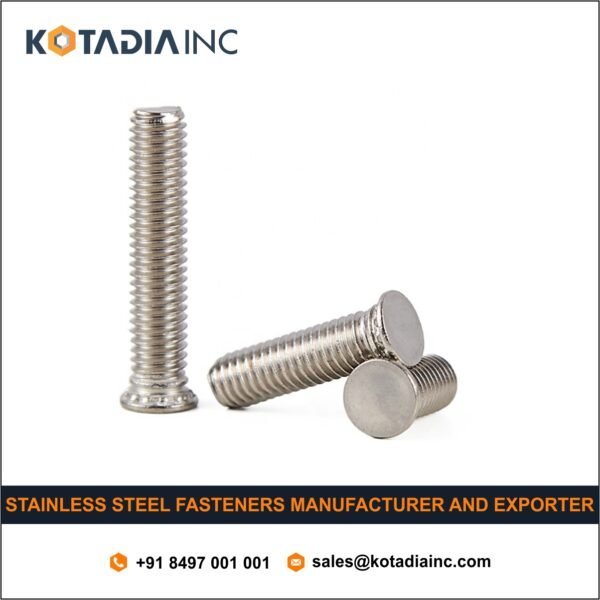


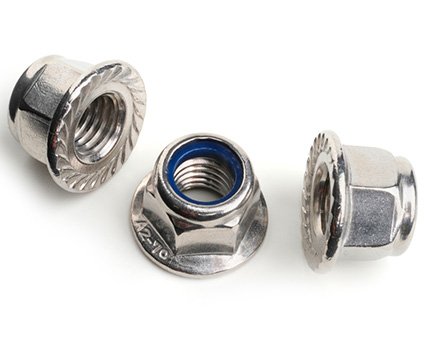
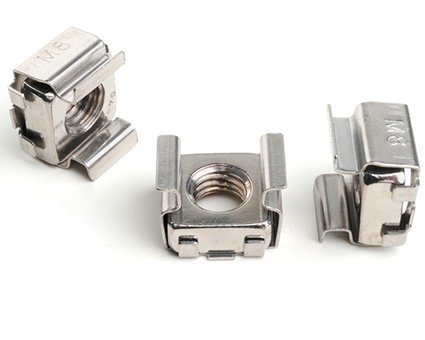
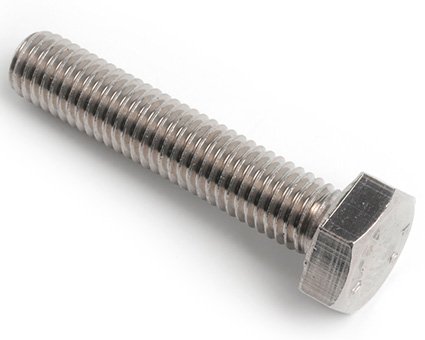




Reviews
There are no reviews yet.